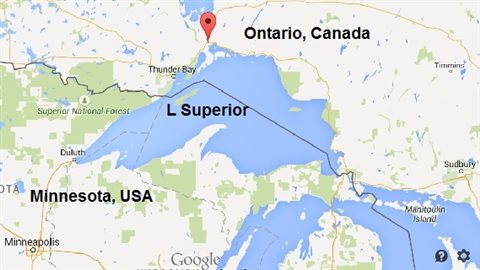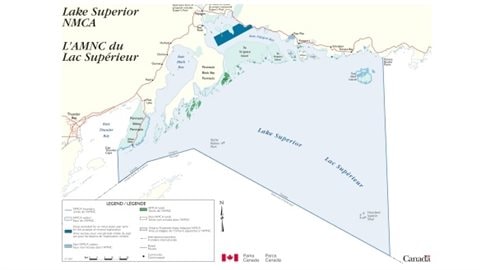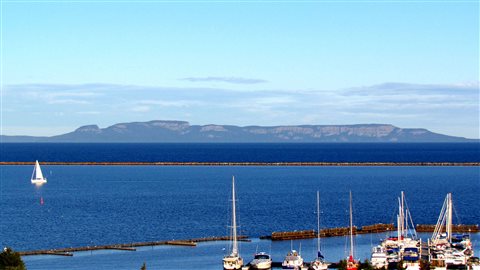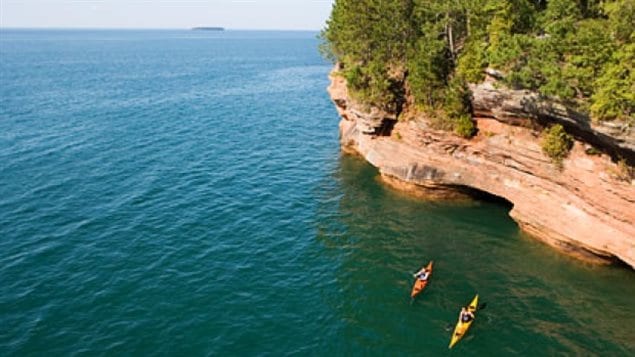First envisioned back in 2007, the Honourable Leona Aglukkaq, Minister of the Environment and Minister responsible for Parks Canada, this week announced the introduction of Lake Superior National Marine Conservation Area Act to formally establish the Lake Superior National Marine Conservation Area.

Lake Superior is the largest freshwater lake in the world and is shared by Canada and the US.
The designated boundaries for the Marine Conservation Area comprises more than 10-thousand square kilometers of the lake, and includes lakebed, islands and north shorelands – making it one of the largest freshwater marine protected areas in the world.

This particular portion of the world’s largest freshwater lake was chosen as it features many of Lake Superior’s many real and inspiring features. This new designation allows them to continue to be explored by the public, but also protected and conserved.

The area has rich cultural, historical and natural characteristics, including First Nations history; unique geological features; dozens of shipwrecks; more than 70 species of fish along with critical spawning areas; shorebird and waterfowl staging areas; arctic and subalpine plants; and many breathtaking seascapes and landscapes
Deepest Shipwreck in L. Superior
The new marine conservation area will include Sleeping Giant Provincial Park and add a marine aspect to the Pukaskwa National Park, and Lake Superior Provincial Park in the central and eastern portions of the lakeshore respectively







For reasons beyond our control, and for an undetermined period of time, our comment section is now closed. However, our social networks remain open to your contributions.